The Best of March: Our 11 Most Popular Articles About Students, Schools & Protests This Month
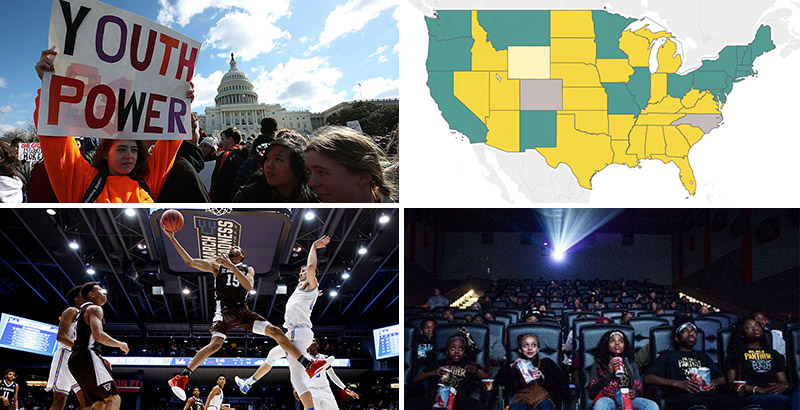
We’ve collected our 11 most popular and buzzed-about stories from the month of March. (Want to see more? Check out our roundups from previous months — and our 17 most popular articles of 2017)
From our coverage of National Student Walkout Day to a story about a 10-year-old girl from Flint, Michigan, who raised $16,000 to bring 800 of her fellow students to see the blockbuster superhero movie “Black Panther” – if March is a month of great expectations, then the storylines we found springing up in schools across America did not disappoint.
Get these monthly highlights from The 74 delivered right to your inbox — sign up for The 74 Newsletter.
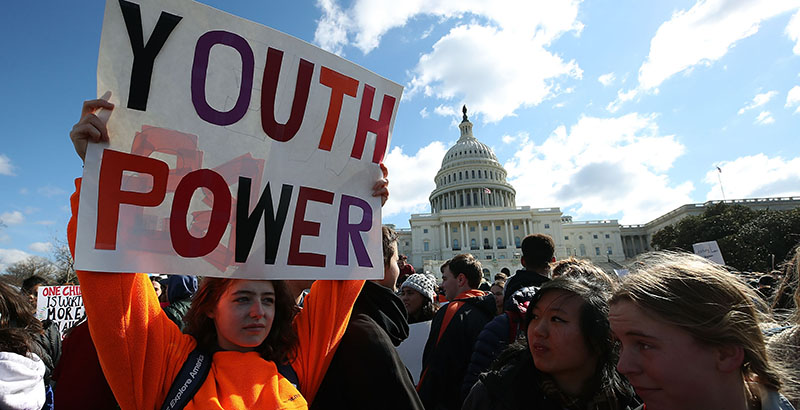
1. Inside the National School Walkout: What We Saw at 7 Very Different Marches Against Gun Violence
WHAT IT FELT LIKE TO MARCH WITH 800,000 STUDENTS: In one of the largest demonstrations since Vietnam, protesters led by survivors of the Parkland, Florida, school shooting flooded Washington, D.C., to demand action to end gun violence. With tears, signs, and resolve, the students issued a call to action echoed in more than 800 sister demonstrations around the globe. The 74’s Emmeline Zhao joined the march and came back with this report about the scope of the spectacle, and the students she met along the way.
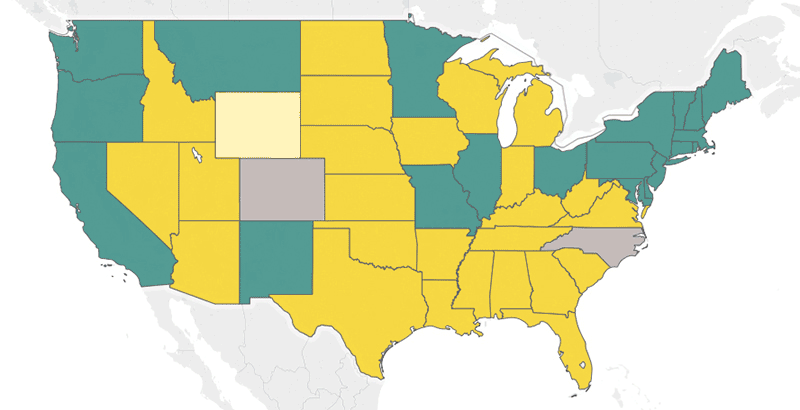
FACING JANUS: The Supreme Court’s eventual ruling in the Janus agency fees case will have an enormous impact on teachers unions overall. But what will it mean for individual states and bargaining units? Contributors Kate Walsh and Kency Nittler did a deep dive, illustrating how a decision in favor of Janus would affect teachers and unions in each state, with interactive maps showing where teachers can bargain collectively, what they’re allowed to negotiate, and where unions are permitted to collect agency fees.
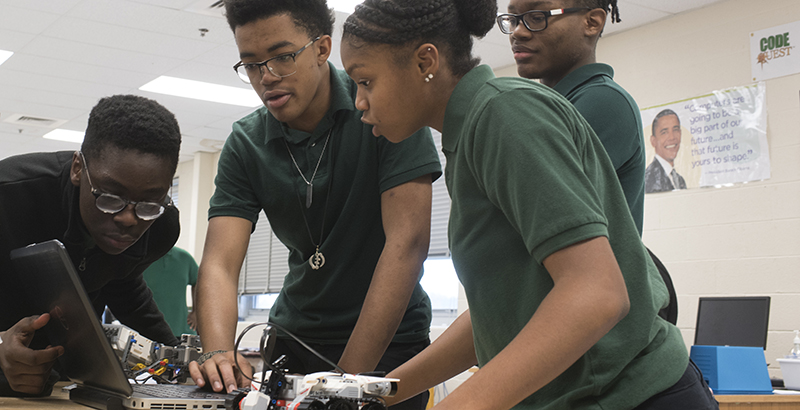
THE GATEKEEPERS OF GIFTEDNESS: When EdTrust VP Lillian Lowery was a principal, she knew on her first day in her new, diverse school which the advanced classes were — the students were all white. It wasn’t that the students of color were less intelligent or hardworking, but somehow they weren’t identified as gifted or recommended for accelerated programs. Decades later, she writes, things haven’t changed much. Fixing this gross inequity will require districts and schools to take a good look at adult biases — and states can lead the way by demanding improved opportunities for all students under the Every Student Succeeds Act.
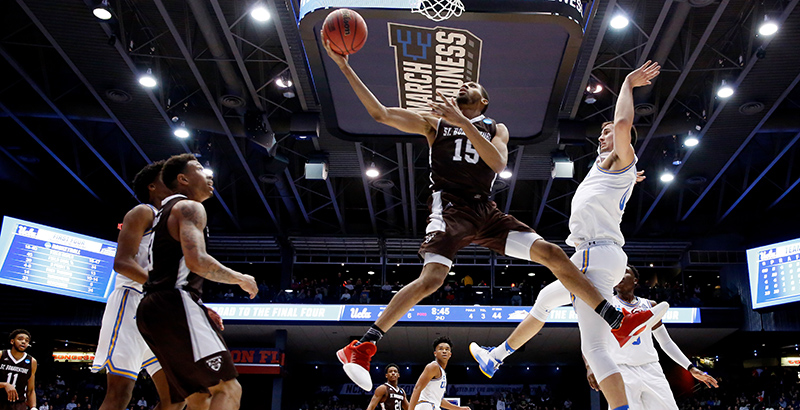
AN NCAA ‘SWEET SIXTEEN’ FOR INCOME MOBILITY: What would the NCAA bracket look like if it rewarded schools that did best in moving students up the economic ladder? A hint: UCLA and the University of Houston would be in the Final Four. Jorge Klor de Alva, president of the Nexus Research and Policy Center, and Mark Schneider, a vice president and institute fellow at the American Institutes for Research and the president of College Measures, offer a parallel bracket in the 2018 Income Mobility Tournament, based on data from the Equality of Opportunity Project housed at Stanford University.
In contrast to the NCAA bracket, which maps the performance of the 68 teams vying for the Division 1 men’s basketball national championship, the mobility bracket plots how well each of the participating schools manages to move its students to the top quintile of the income distribution although their parents came from the bottom quintile.
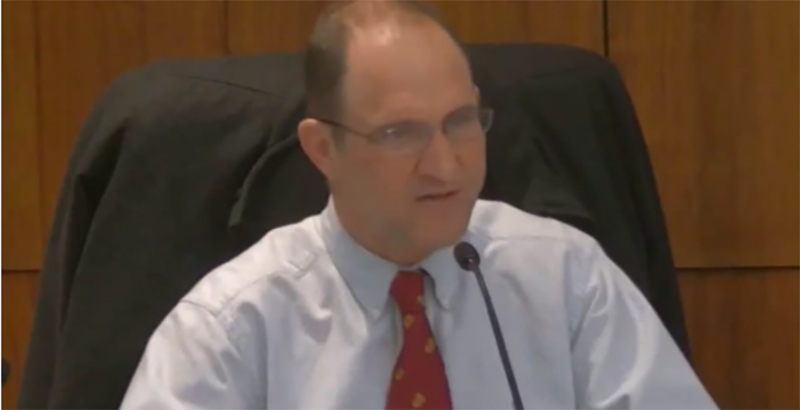
SHOTS FIRED IN HIGH SCHOOL’S FIREARM SAFETY CLASS: In a strange bit of timing, a California high school teacher accidentally discharged a round from his handgun into the ceiling during a class on firearm safety Tuesday — one day before a massive national walkout by students to bring attention to school safety and gun violence. Mark Keierleber reported it was the third accidental shooting at a school that week — a perhaps alarming statistic as lawmakers in Washington considered arming teachers in the wake of the Feb. 14 school mass shooting in Parkland, Florida, that left 17 people dead.
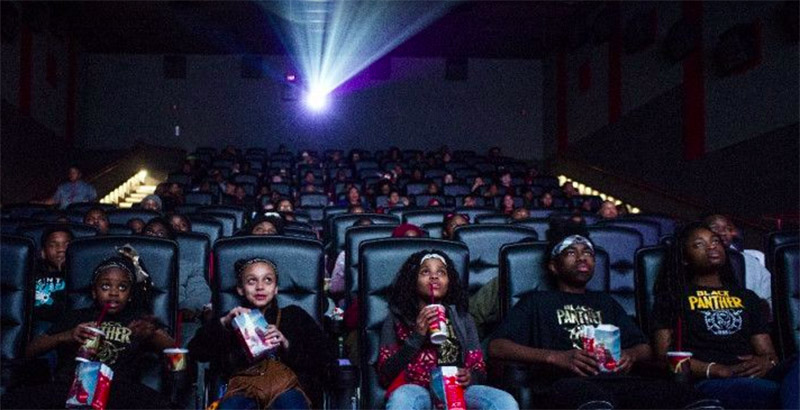
LITTLE MISS FLINT DOES IT AGAIN: Two years ago, when the drinking water in Flint, Michigan, was found to be contaminated with lead, a young girl named Mari Copeny wrote to President Barack Obama about the crisis — producing a face-to-face meeting between the leader of the Free World and the youngster dubbed Little Miss Flint. Now 10, Mari has become a powerful advocate for Flint’s many low-income children of color, and she just took 800 of the city’s neediest kids — children who couldn’t afford even a movie ticket — to meet the nation’s newest on-screen hero in the hottest film of the season, “Black Panther.” Contributor Meredith Nelson wrote the inspiring story.
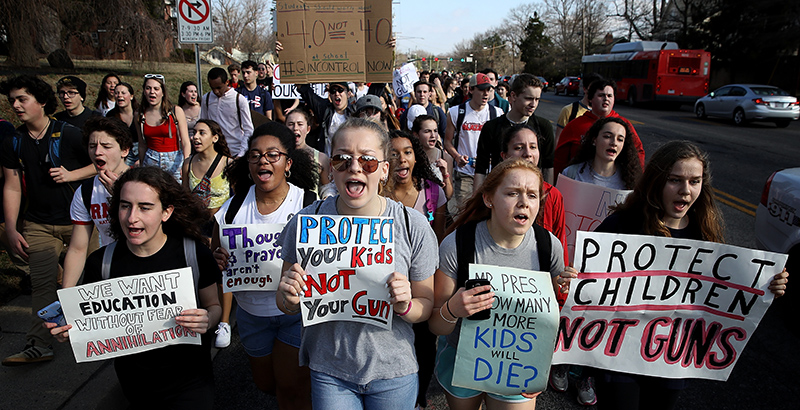
WHEN SCHOOLS SANCTION A WALKOUT: Schools that refuse to enforce standard discipline over the Parkland protest may regret it down the road. The vast majority of schools are publicly financed and government-run. If school officials grant students permission to walk out to protest gun violence, Robert Pondiscio writes, they must also not punish those who disrupt learning to protest in favor of gun rights, or for or against abortion, police violence, or any conceivable political cause.
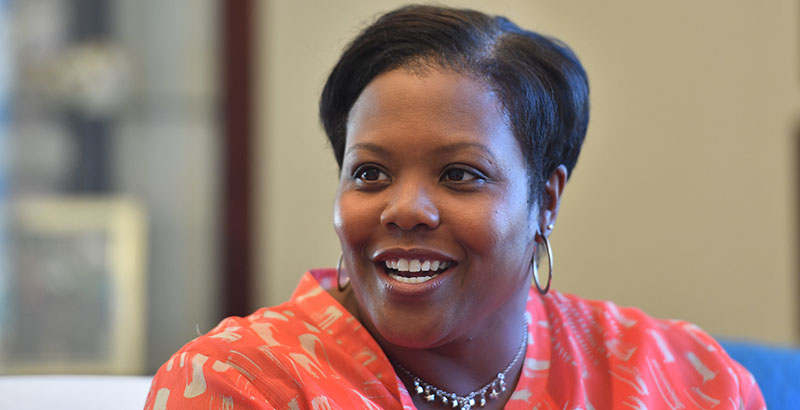
8. Eden: D.C. Public Schools Deserves an F for Bogus Reforms, Faked Successes, and Disastrous Failures
THE D.C. DISASTER: Two years ago, D.C. Public Schools was seen as a model of transformational education reform. Today, it’s hard to keep track of the scandals. These failures were not isolated incidents, writes contributor Max Eden; rather, they are one side of a coin — fake successes being the other — minted by the ed reform movement. Those education reformers who constantly talk about accountability should practice it within their own ranks and admit that what they created in D.C. was nothing short of disaster.
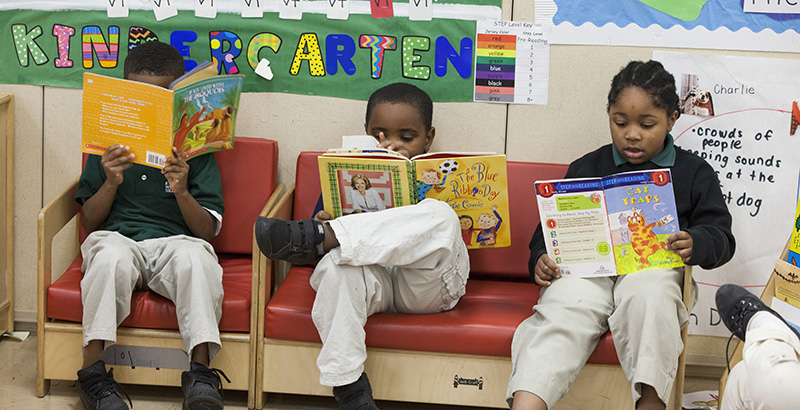
$30 MILLION FOR READING INTERVENTION: A new collaboration between MIT and Harvard will tackle the literacy crisis with the help of a $30 million investment from the Chan Zuckerberg Initiative. Over five years, the team will create a diagnostic tool to identify at-risk readers and develop personalized solutions for improving their reading capabilities. The work is important at a time when only one-third of the nation’s fourth-graders are proficient in reading — and grade-level literacy benchmarks are strong indicators of future academic success, Kate Stringer reports.
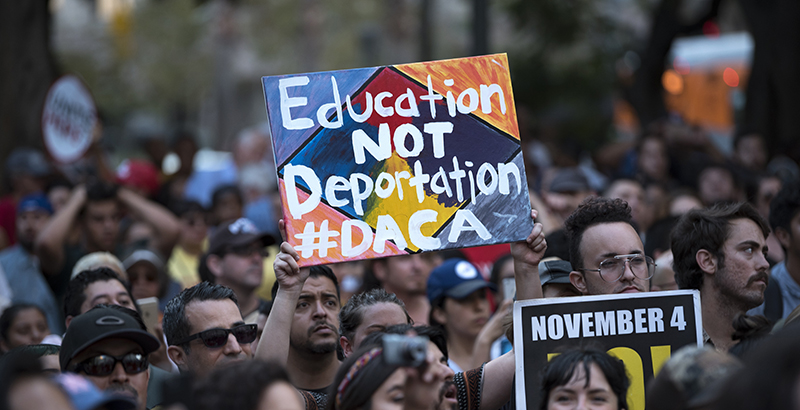
SO, ABOUT THAT MARCH 5 DEADLINE: Ever since the Trump administration announced in September that it would end the Deferred Action for Childhood Arrivals program in six months, all eyes have focused on March 5, the deadline the president set for Congress to act without putting hundreds of thousands of people at risk for deportation. But that legislative fix never came, and the futures of DACA recipients — thousands of whom are students, teachers, or parents of children in K-12 classrooms — remain uncertain. Still, that doesn’t mean we’re about to see mass deportations of young people, in part because of two federal court injunctions basically deeming that March 5 deadline meaningless. Mark Keierleber answered five questions about the deadline, and what it means for the Dreamers.
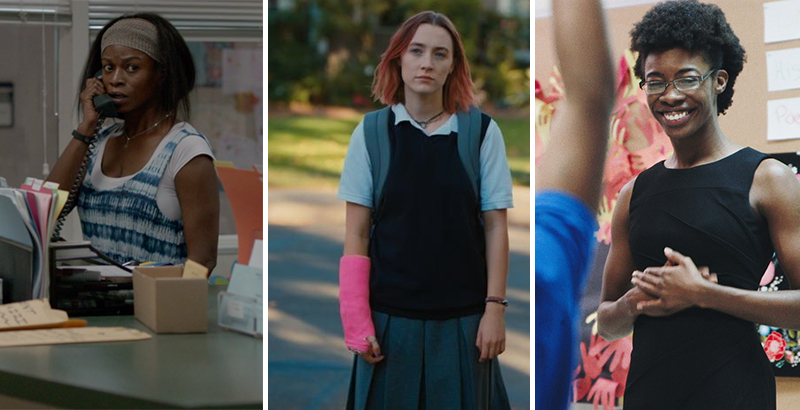
11. Oscar Preview: 3 Ways Education Could Take Center Stage at Sunday Night’s Academy Awards
EDUCATION WALKS THE OSCAR RED CARPET: A girl takes on her senior year at a Catholic high school. A teacher comes to terms with the violence she suffered at the hands of the police. A bookkeeper persuades a school shooter to hand over his weapon. This year’s Academy Awards acknowledged not one, not two, but three education films — Lady Bird, Traffic Stop and DeKalb Elementary. And the third, considered a front-runner in its category, gave the issue of school safety a dramatic moment in the Oscar spotlight. Kate Stringer had the edu-Oscar story.
See More Standouts:
- Check out our roundups from previous months
- And our 17 most popular articles of 2017
Get stories like these delivered straight to your inbox. Sign up for The 74 Newsletter

;)